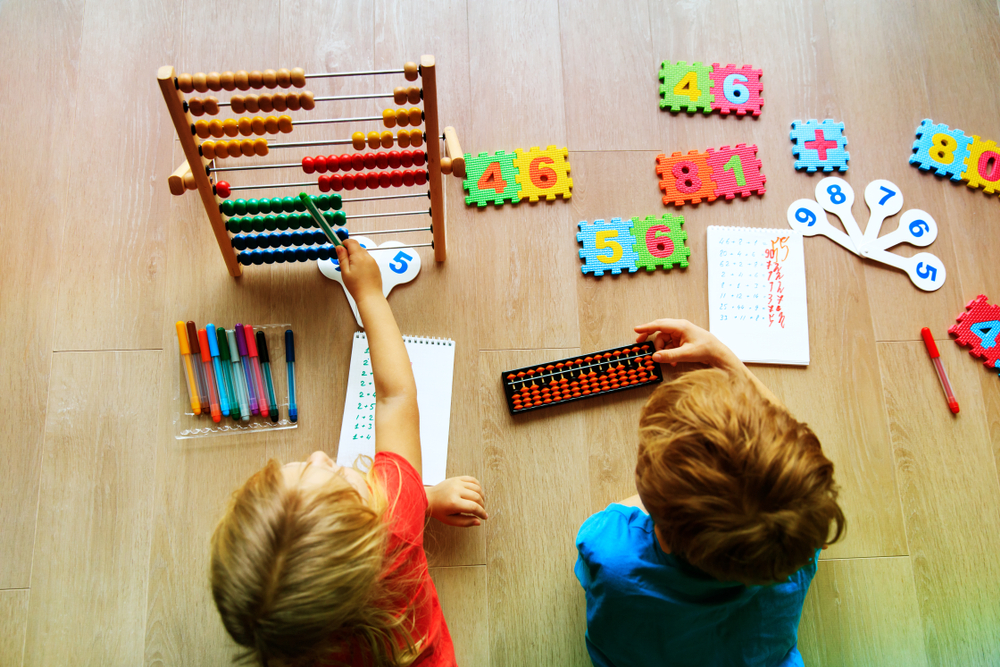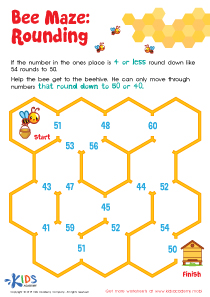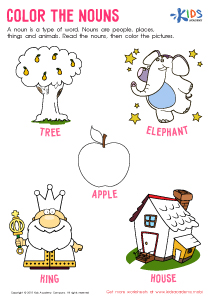Visual perception Numbers up to 100 Worksheets for Ages 6-9
4 filtered results
-
From - To
Explore our engaging Visual Perception Worksheets designed for children aged 6-9, focusing on numbers up to 100. These worksheets enhance critical visual recognition skills, allowing young learners to identify, compare, and categorize numbers confidently. With fun, interactive activities, kids will develop their number sense through color coding, matching exercises, and visually stimulating challenges. Perfect for home or classroom use, our worksheets are tailored to boost your child’s cognitive development while fostering a love for mathematics. Join us in transforming learning into an enjoyable adventure that empowers your child’s growing skills in recognizing and working with numbers confidently! Download your worksheets today!


Counting Fun Worksheet
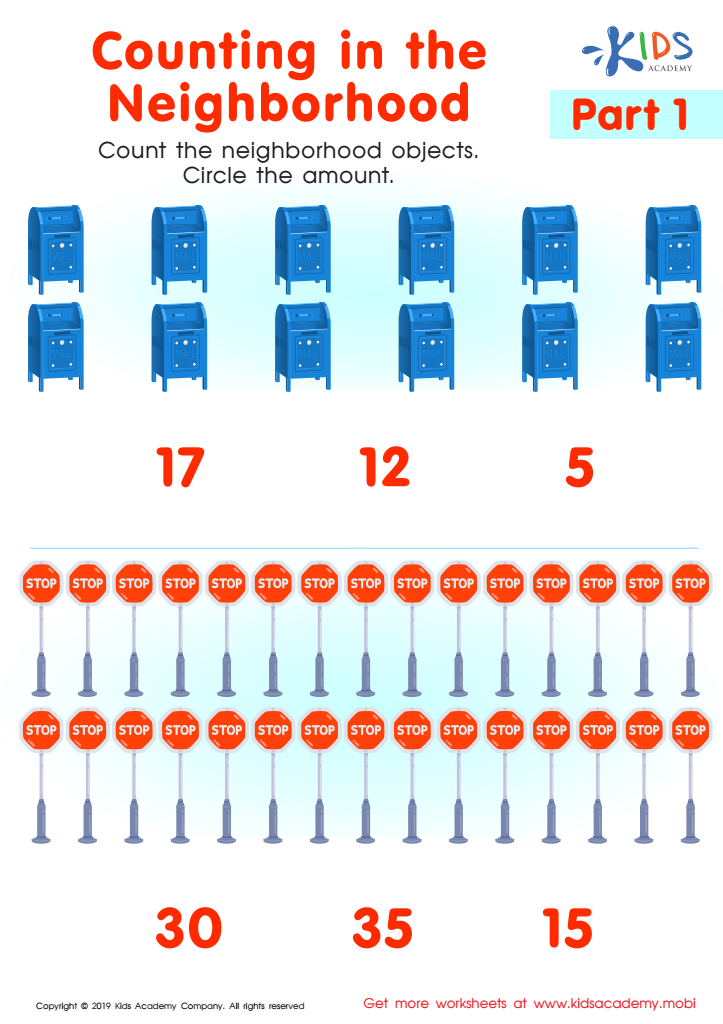

Counting in the Neighborhood Part1 Worksheet
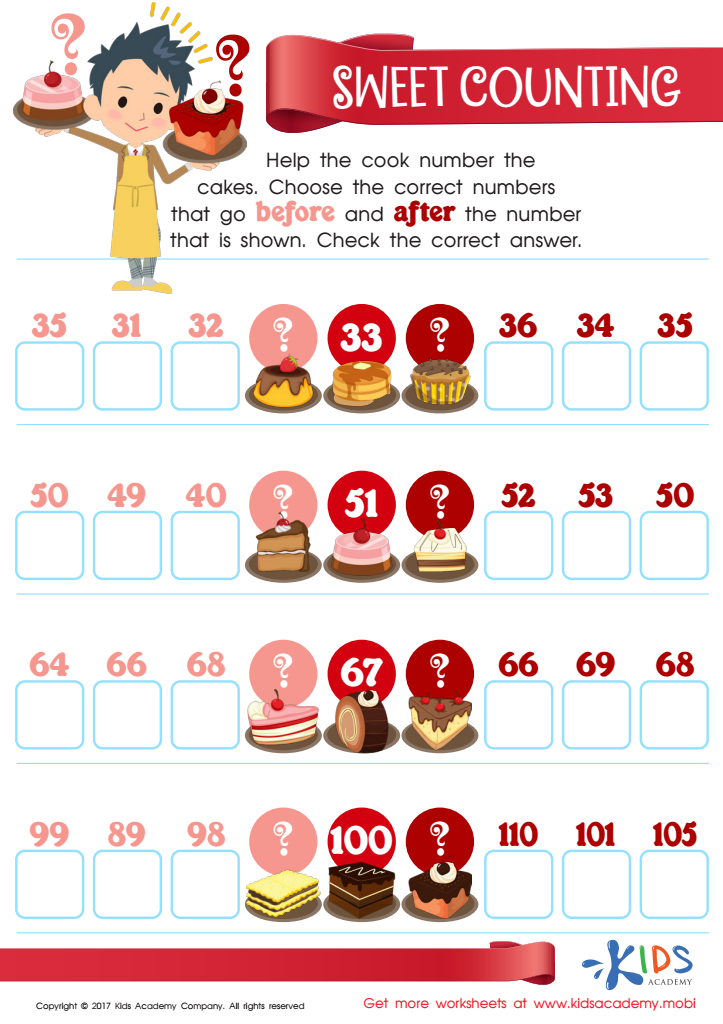

Sweet Counting - Part 1 Worksheet
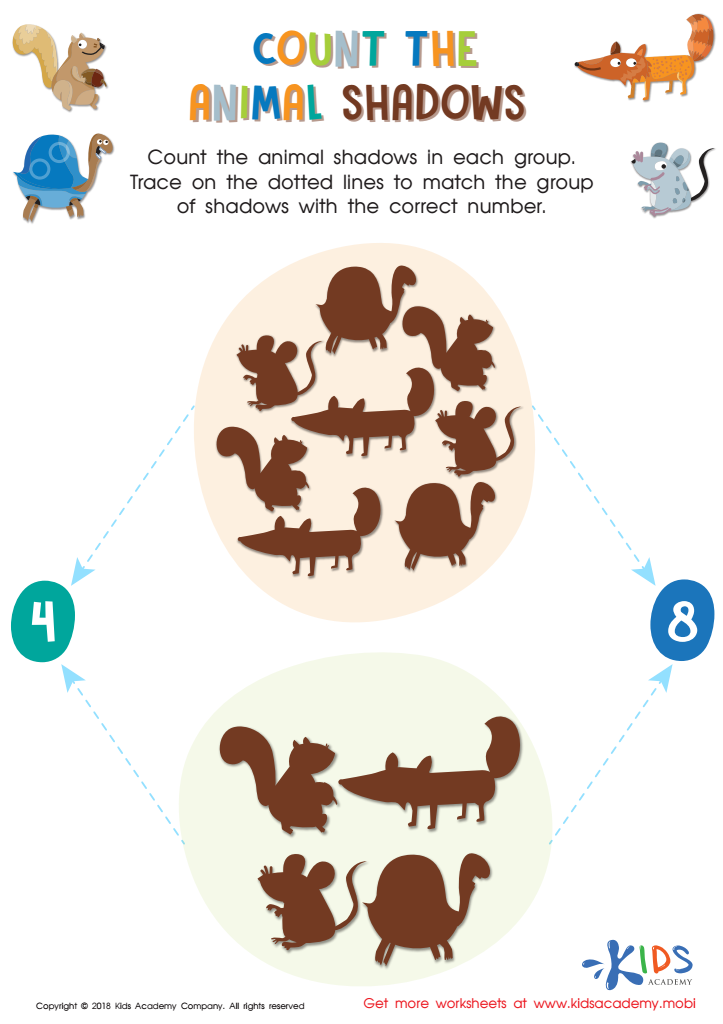

Count the Animal Shadows Worksheet
Visual perception is a critical cognitive skill that enables children to interpret and make sense of visual information in their environment. For children aged 6-9, developing visual perception skills, particularly related to numbers up to 100, is essential for their academic success and overall cognitive development. This age range encompasses key learning milestones in mathematics, where children move from basic number recognition to more complex concepts such as addition, subtraction, and understanding number patterns.
Parents and teachers should recognize that robust visual perception skills enhance a child’s ability to quickly and accurately identify numbers, differentiate between similar shapes, and comprehend spatial relationships, which are fundamental for problem-solving in math. Engaging with visual aids and number games fosters these skills, promoting critical thinking and creativity.
Moreover, strong visual perception contributes to better reading skills, as children learn to identify letters and words more efficiently. By cultivating these skills early on, parents and teachers lay a strong foundation for children’s future learning experiences. Thus, investing time and resources into activities that enhance visual perception not only bolsters numerical understanding but also supports a child's overall academic journey, leading to improved confidence and enthusiasm for learning.
 Assign to My Students
Assign to My Students



